Computing theory for 7-11 year olds
This resource provides information for teachers about topics such as Computer systems, Algorithms, Computer control, Robots and Computer programming. It also covers internet, searching and internet safety.
Additional details
| Year band(s) | 1-2, 3-4, 5-6 |
|---|---|
| Content type | Professional learning |
| Format | Document |
| Core and overarching concepts | Implementation (programming), Computational thinking |
| Australian Curriculum Digital Technologies code(s) |
AC9TDIFK01
Recognise and explore digital systems (hardware and software) for a purpose
AC9TDI2P01
Investigate simple problems for known users that can be solved with digital systems
AC9TDI2P02
Follow and describe algorithms involving a sequence of steps, branching (decisions) and iteration (repetition)
AC9TDI4K01
Explore and describe a range of digital systems and their peripherals for a variety of purposes
AC9TDI4K02
Explore transmitting different types of data between digital systems
AC9TDI4P01
Define problems with given design criteria and by co-creating user stories
AC9TDI4P02
Follow and describe algorithms involving sequencing, comparison operators (branching) and iteration
AC9TDI4P06
Use the core features of common digital tools to create, locate and communicate content, following agreed conventions
AC9TDI4P07
Use the core features of common digital tools to share content, plan tasks, and collaborate, following agreed behaviours, supported by trusted adults
AC9TDI6K01
Investigate the main internal components of common digital systems and their function
AC9TDI6K02
Examine how digital systems form networks to transmit data
AC9TDI6P02
Design algorithms involving multiple alternatives (branching) and iteration
AC9TDI6P05
Implement algorithms as visual programs involving control structures, variables and input
AC9TDI6P07
Select and use appropriate digital tools effectively to create, locate and communicate content, applying common conventions
AC9TDI6P08
Select and use appropriate digital tools effectively to share content online, plan tasks and collaborate on projects, demonstrating agreed behaviours
AC9TDI8K01
Explain how hardware specifications affect performance and select appropriate hardware for particular tasks and workloads
AC9TDI8K02
Investigate how data is transmitted and secured in wired and wireless networks including the internet |
| Keywords | Coding, Algorithms, Networks, Digital Citizenship, Internet |
| Organisation | Simon Haughton |
| Copyright | Simon Haughton. May be subject to Copyright Act statutory licence. |
Related resources
-
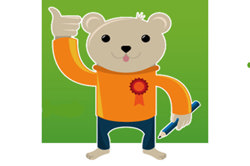
CAS Barefoot
A broad collection of online resources to support teachers to develop and implement computational thinking, concepts and computer programming. Free log in required to access materials.
-
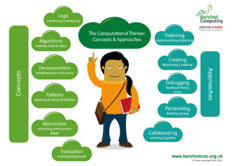
Computational Thinking
This site provides an explanation of computational thinking, aimed at primary teachers. Free log in required.
-
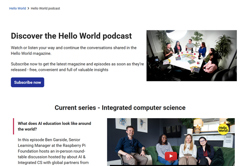
Discover the Hello World podcast
Watch or listen your way and continue the conversations shared in relation to tecahing and learning about Digital Technologies.
-
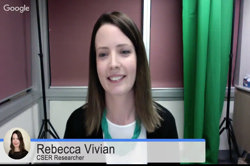
Google for Education webinar
This webinar, explores how Google Apps for Education, resources and initiatives can be used to support the implementation of coding and computational thinking in the classroom.
-

Computational Thinking Concepts Guide
In this guide you will find eleven terms and definitions for Computational Thinking (CT) concepts. These concepts can be incorporated into existing lesson plans, projects, and demonstrations in order to infuse CT into any disciplinary subject.
-

Code like a girl
This website supports females who are into coding with events, a blog and virtual events.
-
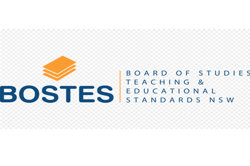
BOSTES: A Guide to Coding and Computational Thinking Across the Curriculum
This website includes links to useful resources, and outlines where computational thinking can be leveraged within current NSW K-8 syllabuses.
-

Bee-Bots – getting started
Suggestions for introducing Bee Bots in the Primary Curriculum.
